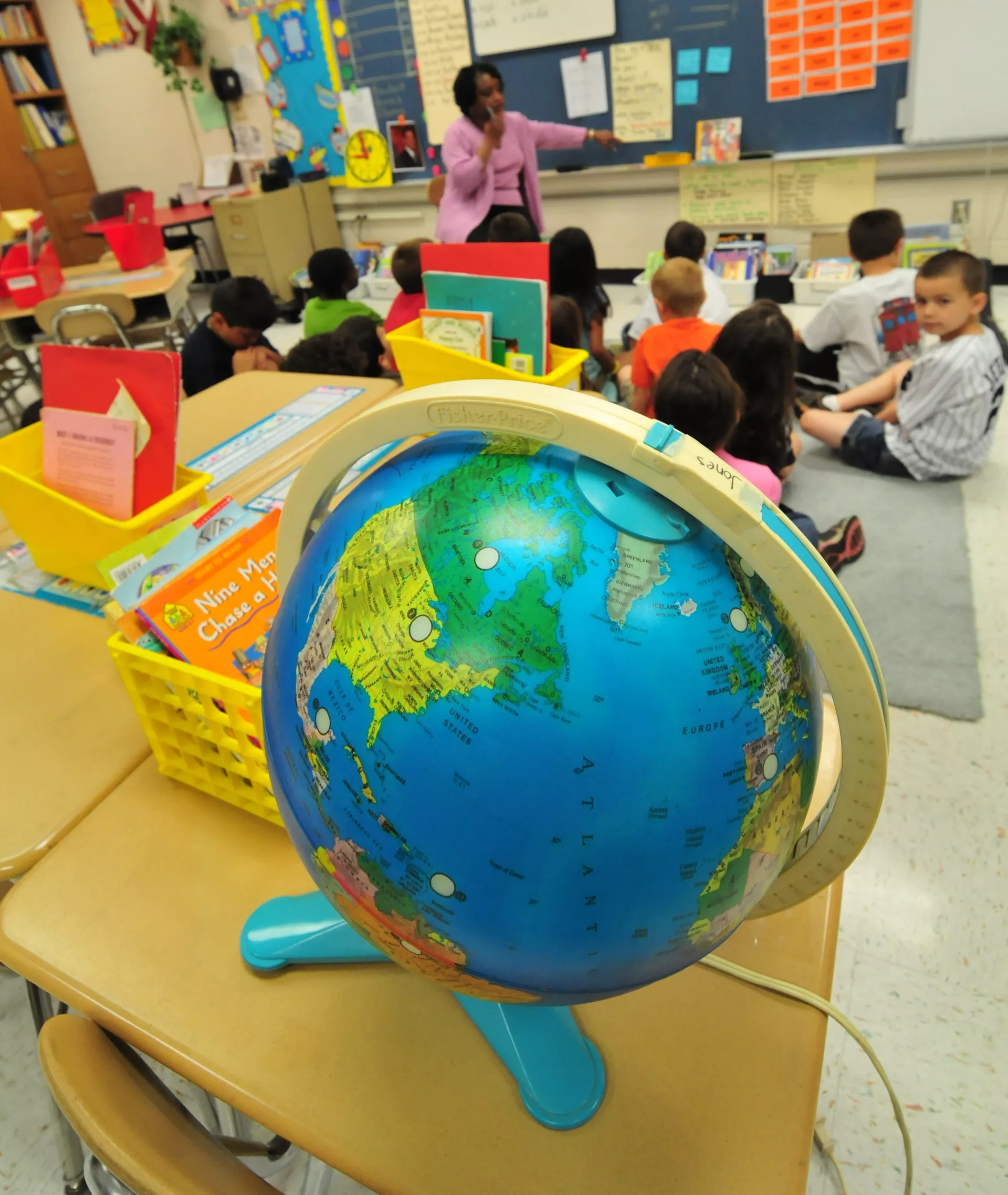Our world is becoming increasingly complex and intricate—humans have never been more connected or interdependent. These changes have brought life to the concept of Global Citizenship, or the idea that we are one global community, and therefore our choices and actions may affect people and communities locally, nationally or even internationally.
Global citizenship nurtures respect and tolerance for others, global awareness and empathy. Even if your classroom or district is not extremely diverse, there are ways to bring in a global perspective and demonstrate global citizenship.
Use the following tactics to make your students global citizens:
Empower your students as leaders and teachers.
Rather than simply trying to teach about multiple cultures, give your students the opportunity to teach other about their own cultures and perspectives. They know the stories. They know songs. They can teach the alphabet of their language to the class.
Remind your classroom that global citizens teach, listen and learn from each other.
Incorporate global stories into your curriculum.
Use your lesson plans to introduce global perspectives through your chosen literature. For younger students, What Does It Mean to Be Global? by Rana DiOrio teaches kids the importance of experiencing other traditions, celebrating diversity, and opening your mind to new possibilities.
For high school and advanced students, The Kite Runner by Khaled Hosseini is based on true Afghan history, and follows the fictional journey through the life and experiences of an Afghani boy.
Organize penpals for your class.
Get your students to communicate with someone from another culture through a penpal. One-on-one communication with someone their age from another culture can develop compassion and understanding of other values.
Apply for grants.
I’ve gotten grants—such as a Fulbright grant—that allowed me to travel to other countries and bring the information back to my students. After traveling to Japan and China, I integrated the culture (in the forms of song, dance, food, books, history etc.) into an eight-week period. I brought back mementos from my trip to share with my students. A great place to start is to apply for the NEA Global Learning Fellowship.
Use this time traveling to be a global citizen yourself! Take any travel time as a learning lesson for yourself, which you can then take back to your students.
Take field trips.
If possible, take your class on field trips that emphasize global perspective. These can include museums, orchestra halls, concerts, and more.
If you’re unable to take your class on a field trip like this, take them on a virtual field trip. Famous museums such as the Louvre offer virtual tours of their collections. The Google Art Project explores stories from around the world and offers 360 degree tours of prominent art museums around the world. Thanks to the Internet, a lot of global learning can happen from a classroom or living room.
Take time to reflect on the world around you.
Take some time once in a while to have a discussion with your students about what’s happening in the world. Remind your students that just because we are not experiencing certain things, does not mean they’re not happening around the world.
Volunteer.
You don’t need to go half way across the world to teach global perspective. Taking your students to volunteer within your own community can teach lessons of civility and global citizenship.
Include a lesson on the Sustainable Development Goals (SDGs).
In 2015, countries came together to create a set of 17 “Global Goals” to be achieved by 2030. From poverty, to water and sanitation, to peacebuilding and more, the SDGs demonstrate what it means to be a global citizen—working together to contribute to the wider world community.
Walk through all 17 SDGs with your class, and talk about ways your class could work together to achieve them!
Organize an International Week
If your school does not already have one, organize a school-wide “International Week.” Each class can be responsible for bringing in food from a certain culture to be shared in the cafeteria.
Teach culture through music.
Music and dance are great ways to engage students in other cultures. Every week, we have “song time,” when we play music from other cultures and areas of the world.
When our students are global citizens, they are more empathetic, worldly, and understanding. But it’s also important that we ourselves think as global citizens. With this way of thinking, we can create a better world for their future.


